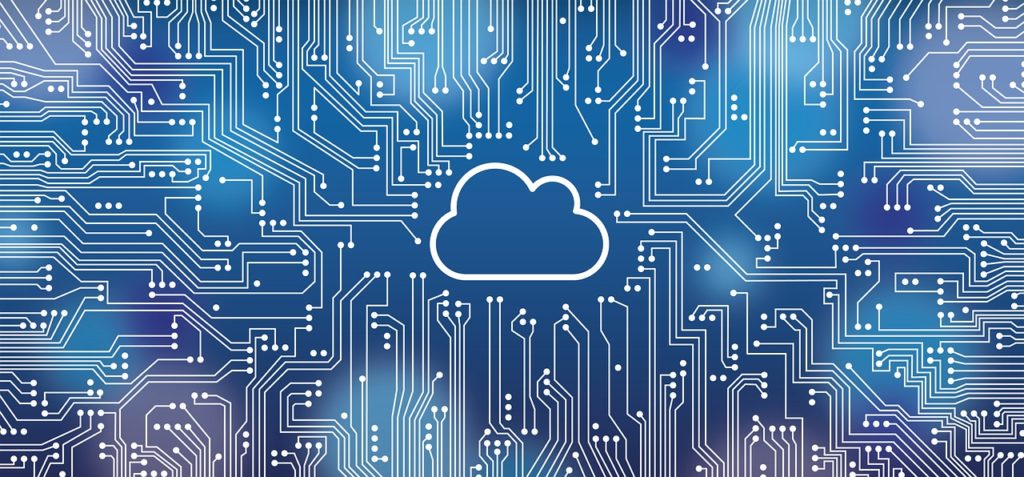One of the big misconceptions about cloud services is the idea that there are usage fees tied to every activity. While it is true that cloud service providers such as Amazon and Microsoft bill customers based on hardware resource consumption, the idea that there are costs tied to every conceivable action is a fallacy. If there were charges for logging in, looking around, and creating a few VMs then those charges would act as a deterrent to new customers who might otherwise have been interested in experimenting with the cloud.
Believe it or not, Amazon provides access to Amazon Web Services for free through something called the AWS Free Tier. The AWS Free Tier is a great place to start learning about AWS. You can use the free tier to learn how AWS works without having to worry about incurring enormous charges in the process.
Gaining access to the AWS Free Tier is simple. All you have to do is to go to https://aws.amazon.com/free/cloud-computing-free-tier/ and click on the Create a Free Account button. After doing so, there is an account signup process that you must complete. The really nice thing about this process is that if you have ever shopped on Amazon before, you can use your existing Amazon account password. Of course if you are setting up a corporate AWS account, you probably don’t want to link it to your personal account.
After entering your E-mail address and password, AWS prompts you to enter some basic account information such as your address and phone number. Unfortunately, you do have to enter a credit card number as a part of the sign up process and Amazon indicates that they will bill your card for any usage that is not covered by the free usage tier. As a part of the sign up process, you will also receive a phone call from an automated system, which is used to confirm your identity. In my case, it only took about five minutes to sign up for an account.
For those who might not have used Amazon Web Services before, you can see what the management console looks like in Figure A. Although this screen might look a little bit cluttered and possibly a bit overwhelming, it actually has a fairly logical layout. All of the options are grouped into categories such as Compute, Database, and Networking. Furthermore, Amazon offers a series of self paced training labs, which you can access here.
If your goal is to spend some time learning about AWS without spending any money in the process then setting up a free account is a great place to get started. As you will recall however, even the free account requires a valid credit card. This raises a few important questions:
- How long can you use the free account?
- What are you allowed to do for free?
- How can you avoid being billed?
I will spend the remainder of this article discussing the answers to these questions.
How Long Can You Use the Free Account?
Unfortunately, Amazon will not allow you to use the free tier for an indefinite period of time. The subscription to the free tier expires after 12 months. Once the 12 month period expires Amazon begins billing at their regular pay as you go rate. Incidentally, Amazon will also bill customers at the pay as you go rate if they happen to exceed the limits of the free tier. Amazon lists their various EC2 plans and the pricing for those plans here.
What Are You Allowed to do for Free?
So what does the free tier allow you to do, and what are the usage thresholds for the free tier? Amazon provides the full list of what is included in the free tier here. It’s a good idea to check out this link because Amazon’s threshold values can change over time, plus there are a number of different terms and conditions that customers need to be aware of. In case you are curious though, here is what the free tier included as of the time when this article was written:
- 750 hours of Amazon EC2 Linux or RHEL or SLES t2.micro instance usage (1 GB of memory and 32-bit and 64-bit platform support)
- 750 hours of Amazon EC2 Microsoft Windows Server† t2.micro instance usage (1 GB of memory and 32-bit and 64-bit platform support)
- 750 hours of an Elastic Load Balancer plus 15 GB data processing
- 750 hours of Amazon RDS Single-AZ Micro DB Instances, running MySQL, PostgreSQL, Oracle BYOL or SQL Server Express Edition. You also get 20 GB of database storage, 10 million I/Os and 20 GB of backup storage
- 750 hours of Amazon ElastiCache
- 30 GB of Amazon Elastic Block Storage in any combination of General Purpose (SSD) or Magnetic, plus 2 million I/Os (with EBS Magnetic) and 1 GB of snapshot storage
- 5 GB of Amazon S3 standard storage, 20,000 Get Requests, and 2,000 Put Requests
- 25 GB of Storage, 25 Units of Read Capacity and 25 Units of Write Capacity
- 25 Amazon SimpleDB Machine Hours and 1 GB of Storage
- 1,000 Amazon SWF workflow executions can be initiated for free. A total of 10,000 activity tasks, signals, timers and markers, and 30,000 workflow-days can also be used for free
- 100,000 Requests of Amazon Simple Queue Service
- 100,000 Requests, 100,000 HTTP notifications and 1,000 email notifications for Amazon Simple Notification Service
- 10 Amazon Cloudwatch metrics, 10 alarms, and 1,000,000 API requests
- 50 GB Data Transfer Out, 2,000,000 HTTP and HTTPS Requests for Amazon CloudFront
- 15 GB of bandwidth out aggregated across all AWS services
How Can You Avoid Being Billed?
As previously explained, Amazon’s free tier does not provide unlimited service. If you happen to exceed Amazon’s usage thresholds then you will be billed as though you were subscribing to a pay as you go plan. That being the case, you may be wondering how you can avoid accidentally exceeding these thresholds.
If you look at Figure A, you will see the Amazon Web Services console. The account name appears in the upper, right corner (in this case, the account name is Brien Posey). Click on the account name and then choose the Billing and Cost Management command from the resulting menu. Doing so will take you to the screen that is shown in Figure B.

Figure A: You can click on your account name and choose the Billing and Cost Management command to access billing information.

Figure B: This is the account dashboard.
This is a dashboard that shows your spending for the month. This screen also shows you which services have been the most heavily used. There are all kinds of great options for drilling down into your usage patterns, but what I wanted to show you about this screen was the Enable Now link. Clicking on this link allows you to set alerts to be generated when you reach predetermined usage thresholds. You can use this alerting mechanism to make sure that your usage never exceeds the free tier’s limits.
Conclusion
Amazon’s free tier probably isn’t suitable for production use unless you are running a really light workload. Even so, the free tier is an excellent tool for familiarizing yourself with the Amazon cloud and the options that are available to you.



